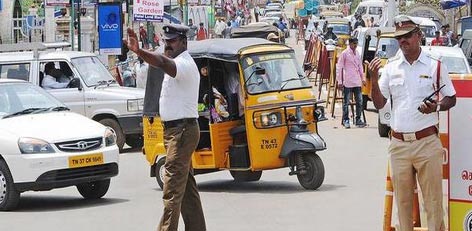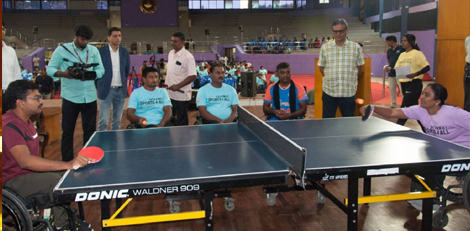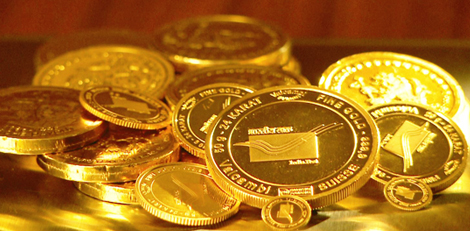All about coin minting
Posted on: 16/Nov/2016 5:43:55 PM

Coin minting is a long process involving a lot of steps. This article talks about the contemporary methods in coin minting.
To start with, the coin is designed by an artist and a first sketch is prepared. It may or may not have all the details of a typical coin. This then gets transferred to the hands of sculptors and engravers who transfer the 2D design into 3D.
In general, the plaster model is of 10 or 16 inches size. On completing, the plaster sculpture gets coated with epoxy resin which is a preservative and acts as a hardener and named as Galvano. Two models one for observe and other for reverse are make. This step is followed by Die making. Here, the desired coin size is obtained.
The 10 to 15 inches Galvano is then placed in Transfer Reducing Machine on a side. The other side has a steel rod that will have diameter equivalent to that of coin that should be minted. The steel rod will then get carved out. It is called the reducing stage of die production. It then undergoes tempering process where the steel gets hardened. The master hub is then observed at the end. Now, the complete set of coin is minted for the desired design.
The master die is then created through hubbing process. On one side of the hubbing press, the master hub is placed. There is a steel rod on the other side of the diameter equal to the coin and typically 4 inches length.
This follows creating working dies, mint marks and dates, planet making, striking coins, counting and bagging, proofing and dieting the metal.







